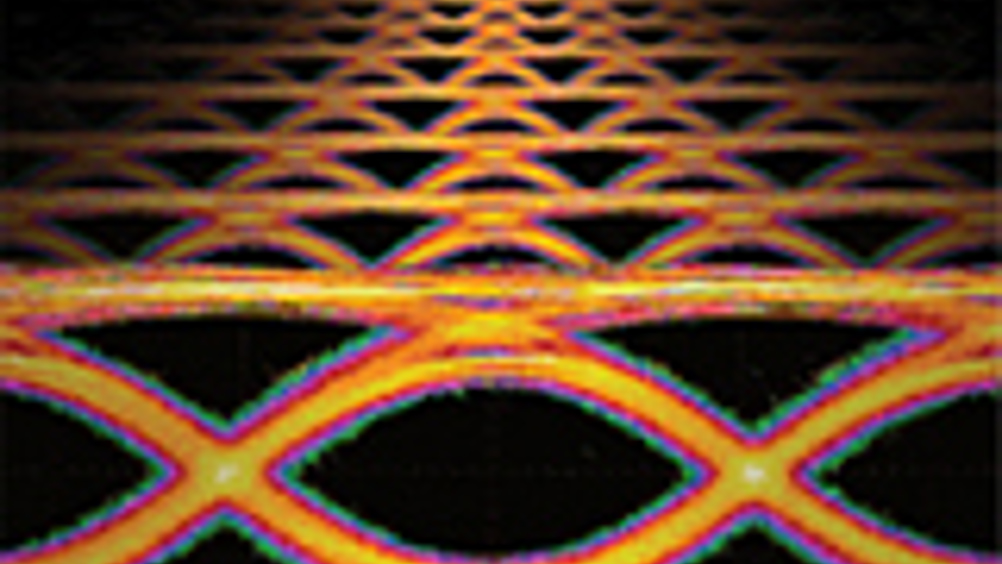Xilinx expands Virtex-7 range to support high speed serial comms
1 min read
Xilinx has expanded the recently launched Virtex-7 range of fpgas with three devices designed specifically to support high speed serial communications. The Virtex-7 HT devices are designed to support 28Gbit/s serial transceiver performance required in next generation communications applications, which are expected to require throughputs of up to 400Gbit/s.

The move comes as demand for bandwidth is increasing rapidly. Giles Peckham, Xilinx' EMEA marketing manager, said: "Demand for bandwidth is predicted to grow at 34% a year for the next few years, with 87% of this increase created by consumers using devices such as the iPhone and the iPad, as well as streaming video."
The consequence is that operating companies are having to double the capacity of their networks every two years. "Although 10G systems are in the field," said Peckham, "40 and 100G systems are in design and the industry will move to 400G in 2014. At the same time, they are trying to standardise on platforms and trying not to invest in asics. This means it's up to fpga developers to support their fast changing requirements, providing the bandwidth they're looking for in the same form factor and in the same power constraints."
The three parts feature 290k, 580k and 870k logic cells, with from 4 to 16 28Gbit/s transceivers. They also feature up to 72 13.1Gbit/s transceivers, with a maximum full duplex throughput of 2.8Tbit/s full duplex throughput. Peckham claimed this is '2.7 times the capacity of anything else available in an fpga'.
Jitter has been an important design parameter, said Peckham. "We have had to go further than we did at 10G, where jitter was 35ps. At 28Gbit/s, 35ps is the full bit period."
Xilinx points to a number of features to support low jitter. On chip, there is noise isolation technology to avoid interference between analogue and digital sources. There are also features which counter attenuation, crosstalk and reflections. "There is signal conditioning on the fpga to do pre emphasis," Peckham claimed, "as well as receive conditioning to keep the eye open."
While aimed primarily at comms applications, the devices are also expected to find use in other high bandwidth designs, including medical imaging, radar and high performance computing.
Xilinx plans to sample 28nm Virtex-7 HT devices early in 2012, with volume production starting later that year.












